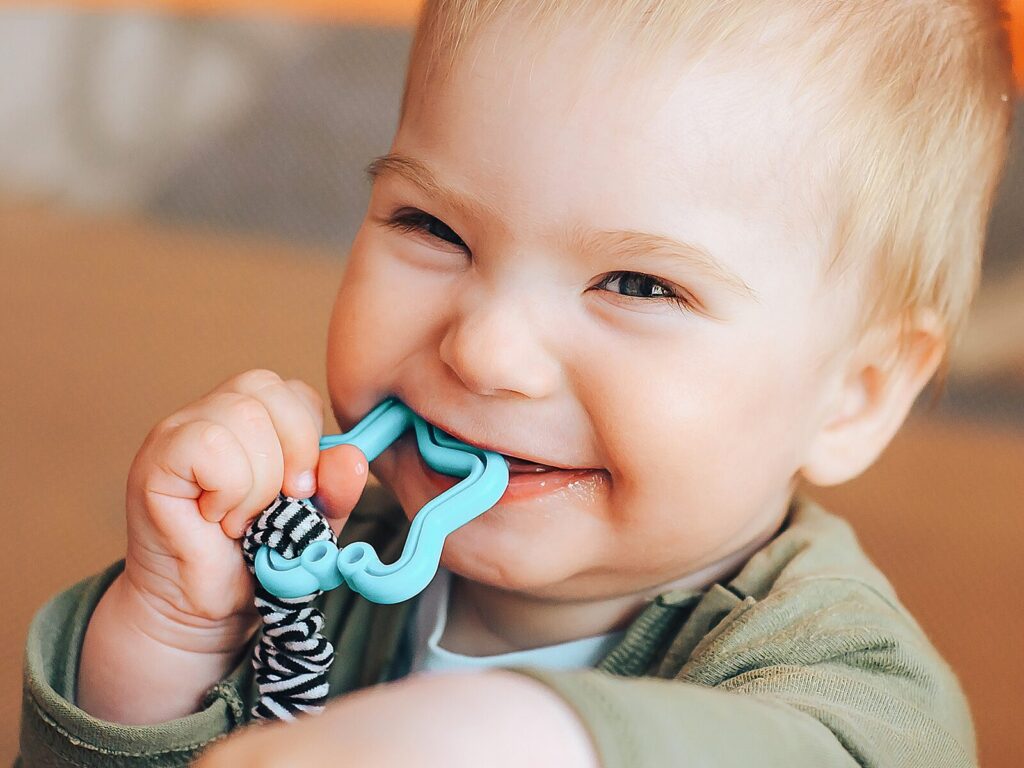ATS is a fully accredited consumer products testing company that offers a wide variety of product and toy testing. We recognize and test to many regulatory safety standards including ASTM and California’s Prop 65 requirements.
Frequently Asked Questions
What are the Most Common Toy Testing Requirements?
The Consumer Product Safety Improvement Act (CPSIA) was enacted in August 2008, placing testing requirements on children’s toys and products. While testing is a requirement of the Consumer Product Safety Commission (CPSC), testing must be completed with a third-party accredited lab. To learn more about testing for CPSC compliance, click here: Rules Requiring Third-Party Testing.
What are the Exemptions to Lead Product Testing?
Lead in consumer products is a major concern for manufacturers, importers, and distributors. However, there are a few items which do not need to comply with the current lead limits, such as:
- Wood
- Natural Materials
- Yarn (dyed/undyed)
- Certain educational materials (Chemistry sets)
- Printed items using the traditional print process – CMYK
- Children’s books printed after 1985
These are just a few exemptions; for a complete list, please visit the CPSC website.
What are Phthalates?
Phthalates are a group of plasticizers used in products to give them their soft and flexible texture. They are produced from oils and used in products such as plastics, solvents, and personal care products. Phthalates cannot be detected by their appearance, as they are colorless and odorless.
Which Phthalates are Currently Banned?
Three phthalate compounds, DEHP, DBP, and BBP, are permanently banned in concentrations of more than 0.1% in children’s toys and childcare articles.
Three other phthalate compounds are banned, pending further review by the Commission. These phthalates include DINP, DIDP, and DnOP in concentrations of more than 0.1%. This ban applies to childcare articles and toys that can be placed in a child’s mouth and sucked or chewed on.
Additionally, the CPSC has determined five phthalates cause an adverse effect on male reproductive development: DINP, DPENP, DHEXP, DCHP, and DIBP.
California Proposition 65 has added an DNHP to a list of over 850 compounds. If DNHP is present in your product, you must place a warning label to inform consumers.
What Do I Do If My Item is Found Non-Compliant with One of the Current Requirements?
Manufacturers, Importers, Distributors, and Retailers are required to report to the CPSC under Section 15(B) of the Consumer Product Safety Act within 24 hours of obtaining information to determine whether a product does not comply with a safety rule issued under CPSAI. Non-compliant items can be reported to the CPSC on the Safer Products website.
What is a CPC?
A CPC is a Children’s Product Certificate, which shows that your products have been tested by an accredited third-party lab and are compliant with current CPSIA requirements. An example of CPC: Click here to see an example CPC.
How Often Should I Retest My Products for Compliance with CPSC Requirements?
The CPSC recommends, at a minimum, annual retesting and certification of products. The determination of frequency of testing is based on how many batches/lots you produce a year. For more information about establishing a reasonable testing program, follow the link below: Establishing a Periodic Testing Schedule.
Contact Us for Testing Services
Call +1 (888) 287-5227 or click here for a free quote. Our typical turnaround time to complete testing is 5-7 business days. Upon completion of testing, we will send you a test report and provide you with guidance to complete the Children’s Product Certificate.



